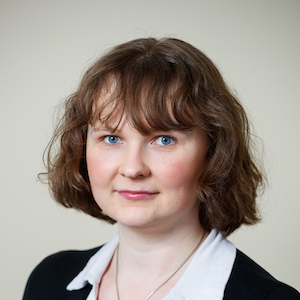You probably used a satellite today
Have you watched a foreign channel on TV today? Or used a navigation application in your car? Or looked at an online mapping application with satellite imagery? If yes, then you have been, directly or indirectly, using the services of one or more satellites in Earth’s orbit.
Satellites perform diverse tasks - they are used for communication, imaging, positioning, weather reports and scientific experiments. For example, Google has been planning a constellation of satellites for Internet access.
Concerns of safety and privacy
With increasing traffic and debris in Low Earth Orbit, there are increasing concerns over the security of satellites. New satellites are being designed with self-deprecating features that would let them burn up in the atmosphere at their end of life instead of cluttering the orbit.
Within the US Defense Advanced Research Projects Agency (DARPA) PROCEED program, we designed and implemented a secure solution that estimates satellite collision probabilities on encrypted trajectories. The solution is based on secure floating point arithmetic available in the Sharemind system and uses several numerical analysis methods to predict collisions over a period of time (e.g., a week).
Sharemind helps achieve trust among nation states
This application is a great example of improving international collaborations in low-trust settings. It is obvious, that the benefits of collaboration are great, but there is no certainty that the shared trajectory information will not be used against the satellite owner.
With Sharemind, satellite operators do not have to disclose the location for the analysis. This could convince more operators to participate in the prediction and improve orbital safety for everybody sharing the space around our planet.
A full description of this application and its security appeared in the paper Secure floating point arithmetic and private satellite collision analysis in the International Journal of Information Security (PDF). Note that we have been able to improve the performance and precision of the solution in follow-up work. See the Research page for more information.

